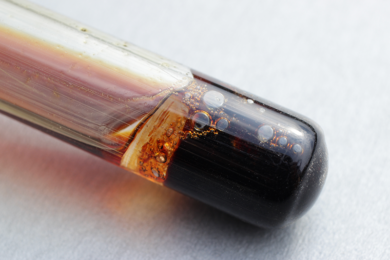CRCMining, an Australian research centre, has been awarded a total of A$2.2 million in grants from the Australian Coal Association Research Program (ACARP). The company’s Vice President for Mining Research, Professor Paul Lever said the funding will assist six new and continuing research projects. The grants cover a wide range of projects; including continuing research into DC motors, shovel automated digging and blasthole slotting.
Dr Galina Mirzaeva and Professor Bob Betz from the University of Newcastle received a grant for a project to improve AC drives for electric rope shovels and an extension grant for their DC motor duty meter project. “We are tremendously excited to receive these two grants,” Mirzaeva said. “We have seen particularly encouraging results from the experimental work conducted in the DC motor facility. The extension grant will assist in furthering our research into the areas of power network quality and effective use of digital drives. Development of a comprehensive condition monitoring tool for DC rope shovels is seen as the next step of this ambitious project.
“The AC drives project is fairly new and will initially start at the laboratory scale level. We are sure that it will further facilitate the growing interest within the mining industry to using this modern technology with excavating machines. In the future we plan to also investigate into AC drives for draglines and to move from lab prototypes to full size systems,” Mirzaeva added.
OHS Manager and Project Leader, Matt Stockwell, received A$230,000 for a trial of the centre’s Blasthole Slotting technology. Stockwell: “This ACARP grant will assist us to demonstrate the first full-scale proof of concept of this innovative technology to the coal mining industry. This will improve our understanding of how the slotting of blast holes can assist mine operators to optimise blast performance and improve coal recovery. It is a critical milestone in the development process towards the commercial application of this technology.”









